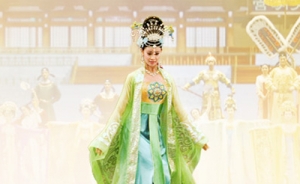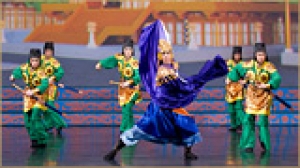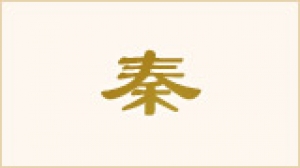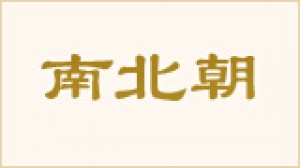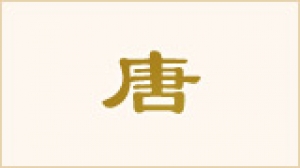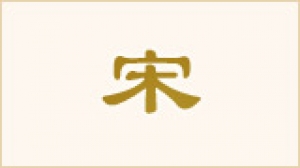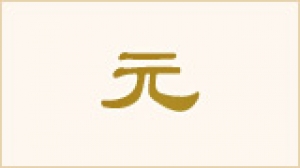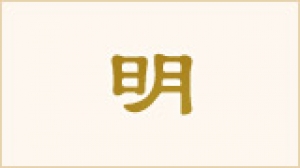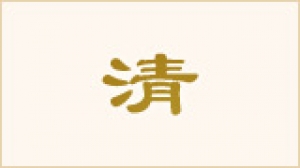A Dinastia Han
A Dinastia Han (206 a.C. – 220 d.C.) é frequentemente considerada a primeira idade de ouro da China. Esse período mostrou o desenvolvimento da filosofia confucionista, bem como das práticas espirituais budistas e taoístas. Para manter a paz e a prosperidade muitos imperadores da dinastia Han governaram seguindo os antigos ideais espirituais do Imperador Amarelo e de Lao-Tsé (Laozi). Eruditos e competentes generais da corte imperial fortaleceram o império com novas ideias, oportunidades de educação e expansão territorial.
O legado de Han
A Dinastia Han começou em 206 a.C. quando um líder militar plebeu chamado Liu Bang e seus generais derrubaram a Dinastia Qin. Liu Bang estabeleceu sua nova capital em Chang'an, que se tornou uma das maiores cidades do mundo e que serviu a China como capital durante várias dinastias futuras.
Como alicerce para fundamentar a conduta adequada dos habitantes do Império, a corte real fomentou o confucionismo e seus ideais de respeito, piedade filial, civilidade e justiça. Estudiosos confucionistas estabeleceram a Universidade Imperial, um instituto dedicado a reunir as mentes mais brilhantes da China e treinar uma nova geração de funcionários inteligentes e virtuosos.
Durante esse período, o território da China quase dobrou. A Dinastia Han derrotou tribos hostis no norte e assinou tratados com nações menores ao oeste. Isso tornou a viagem mais segura, o que estimulou o futuro surgimento da Rota da Seda, que conectava a China ao distante Império Romano, promovendo o intercâmbio econômico e cultural.
Até hoje o legado da Dinastia Han se perpetua até os dias de hoje. O grupo étnico majoritário na China é chamado de “chinês Han”. O vestuário tradicional é chamado de “traje Han”. O sistema de escrita é chamado de “caracteres Han”. E a língua chinesa se autodenomina a “língua Han” (漢語 ou hàn yǔ). Até mesmo um herói é chamado de hǎo han (好漢), que significa "um bom Han".
Han extraordinários
A Dinastia Han produziu alguns dos generais mais lendários da China. Entre eles estão o brilhante e tolerante Han Xin (o caractere chinês “Han” em seu nome é diferente do caractere “Han” da dinastia Han, mas mesmo assim é uma boa forma de se lembrar de qual dinastia ele era), bem como o “General voador”, Li Guang, que atravessou uma pedra com uma flecha.
Outras figuras proeminentes dessa época são Sima Qian, o mais famoso historiador da China e autor de “Registros do Grande Historiador”, o ensaísta e poeta Sima Xiangru, os diplomatas Zhang Qian e Su Wu, o economista Sang Hongyang, sem deixar de mencionar Dongfang Shuo, o sábio bobo da corte.
A Era Han Posterior Later Han
No ano 9 d.C., a Dinastia Han foi repentinamente interrompida quando Wang Mang, o sobrinho da imperatriz, usurpou o trono. Seu reinado durou 14 anos até que Liu Xiu, um dos descendentes do imperador fundador, o retirou do poder e restaurou a dinastia. E para diferenciá-lo do Han do Oeste anterior, o império revivido ficou conhecido como Han do Leste (25–220 d.C.).
Como todas as dinastias, a Han teve sua ascensão, seu auge e seu declínio. Em última instância, intrigas políticas e grandes levantes a levaram à sua queda. Em 189 d.C., o senhor da guerra Dong Zhuo liderou as tropas para a capital e iniciou um período de muitos conflitos. Mais tarde, Cao Cao unificou as regiões ao norte do rio Yangtze, Sun Quan estabeleceu seu próprio regime no sul e Liu Bei ocupou as regiões do oeste. A China, assim, entrou em um novo período – um equilíbrio tripartido de forças bem narrado no épico “Romance dos Três Reinos”.
15 de julho de 2011


